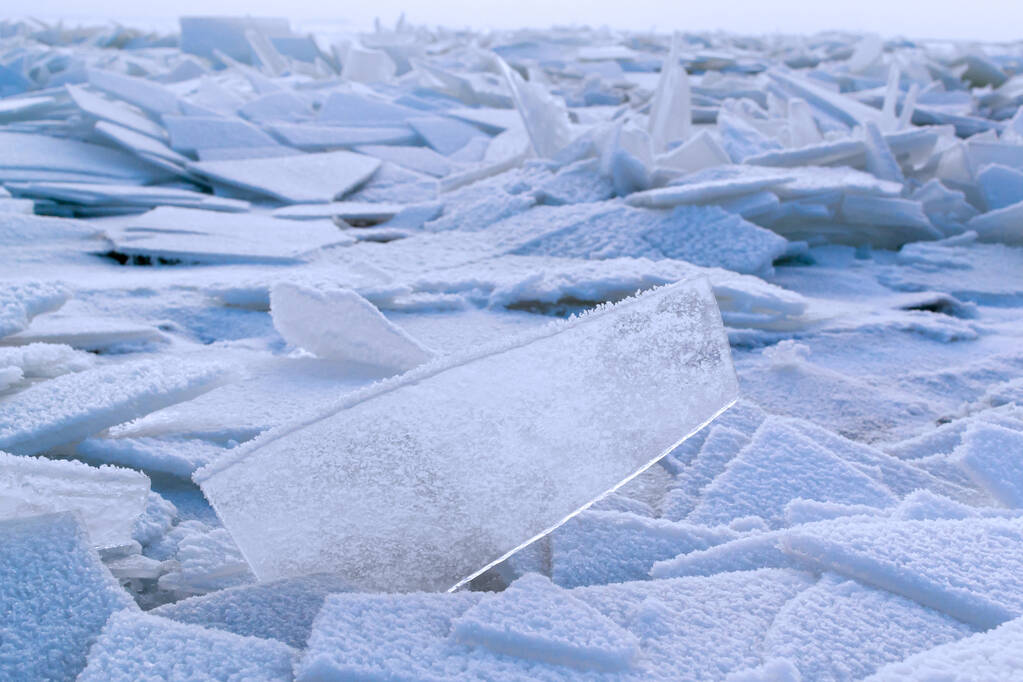Table of Contents
ToggleEarth Crust Is Dripping Under the Midwest US – Scientists Make a Shocking Discovery
New studies of earthquakes showed that something is happening under the middle of the US. Parts of the Earth’s crust deep down are falling into the layer below. This find helps us understand how the Earth changes and how land masses take shape.
Summary
- Seismic data reveals the Earth’s crust is “dripping” beneath the Midwest US.
- This process, termed lithospheric dripping, involves the sinking of the lower crust into the mantle.
- The phenomenon is observed in other regions globally, indicating a common geological process.
- The study enhances understanding of continental formation, deformation, and recycling.
- The research was conducted by a team led by seismologist Junlin Hua.
- The findings were published in Nature Geoscience.
- The study utilized seismic data from the EarthScope Consortium.
- The research indicates the North American craton is thinning due to lithospheric dripping.
- The ancient Farallon tectonic plate’s subduction is influencing mantle flow beneath North America.
- The process has been ongoing for hundreds of millions of years.
- The study provides insights into the dynamic nature of Earth’s geological processes.
- The findings have implications for understanding the stability and evolution of continental structures.
- The research contributes to the broader field of geophysics and tectonics.
- The study shows that watching for earthquakes is key to understanding what happens inside the Earth.
- The discovery opens new avenues for future geological research.

Introduction
Beneath the American Midwest, scientists have identified a remarkable geological process: the Earth’s crust is undergoing a phenomenon known as lithospheric dripping. This process involves portions of the lower crust becoming denser and sinking into the mantle, much like the slow formation and fall of drops in the famous pitch drop experiment. While this might sound alarming, it’s a natural occurrence that offers valuable insights into the Earth’s ever-changing interior.
Understanding Lithospheric Dripping
Lithospheric dripping occurs when the lower part of the Earth’s crust, or lithosphere, becomes unstable and detaches, sinking into the more fluid mantle below. This process can lead to surface deformations and has been observed in various regions worldwide, including the Andes and the Anatolian Plateau. In the case of the Midwest US, seismic data has revealed that the lithosphere is thinning, suggesting active dripping beneath the surface.
The Role of Cratons
This discovery focuses on a craton, a big, solid part of Earth’s surface that makes up the core of a continent. People used to think the North American craton, which sits under much of the continent, was very still. But new evidence shows that even these old formations change, possibly because of lithospheric dripping.
Seismic Investigations and Findings
The research team, led by seismologist Junlin Hua, utilized data from the EarthScope Consortium to construct detailed images of the subsurface. Their analysis revealed that the craton beneath the Midwest is thinning, with blobs of molten rock forming and descending into the mantle. This suggests that the lithosphere is not as immutable as once thought.
An intriguing aspect of this study is the role of the ancient Farallon tectonic plate. Approximately 600 kilometers from the craton, remnants of the subducted Farallon plate are interacting with mantle flows, exerting shear forces on the underside of the craton and contributing to its destabilization.

While lithospheric dripping is a slow process occurring over millions of years, understanding it is crucial for comprehending continental evolution and stability. These findings not only reshape our understanding of the North American craton but also have broader implications for studying other cratonic regions worldwide.
Facts
- The pitch drop experiment at the University of Queensland has been running since 1927 to observe the flow of a viscous substance over decades.
- Cratons are among the oldest parts of the Earth’s crust, some dating back over 2 billion years.
- The Farallon plate’s subduction has significantly influenced the geological development of western North America.
References
- Hua, J., et al. (2025). North America Is Dripping from Below, Geoscientists Discover. Nature Geoscience.
- EarthScope Consortium
- Farallon Plate – Wikipedia
- Craton – Wikipedia
- Pitch Drop Experiment – Wikipedia

